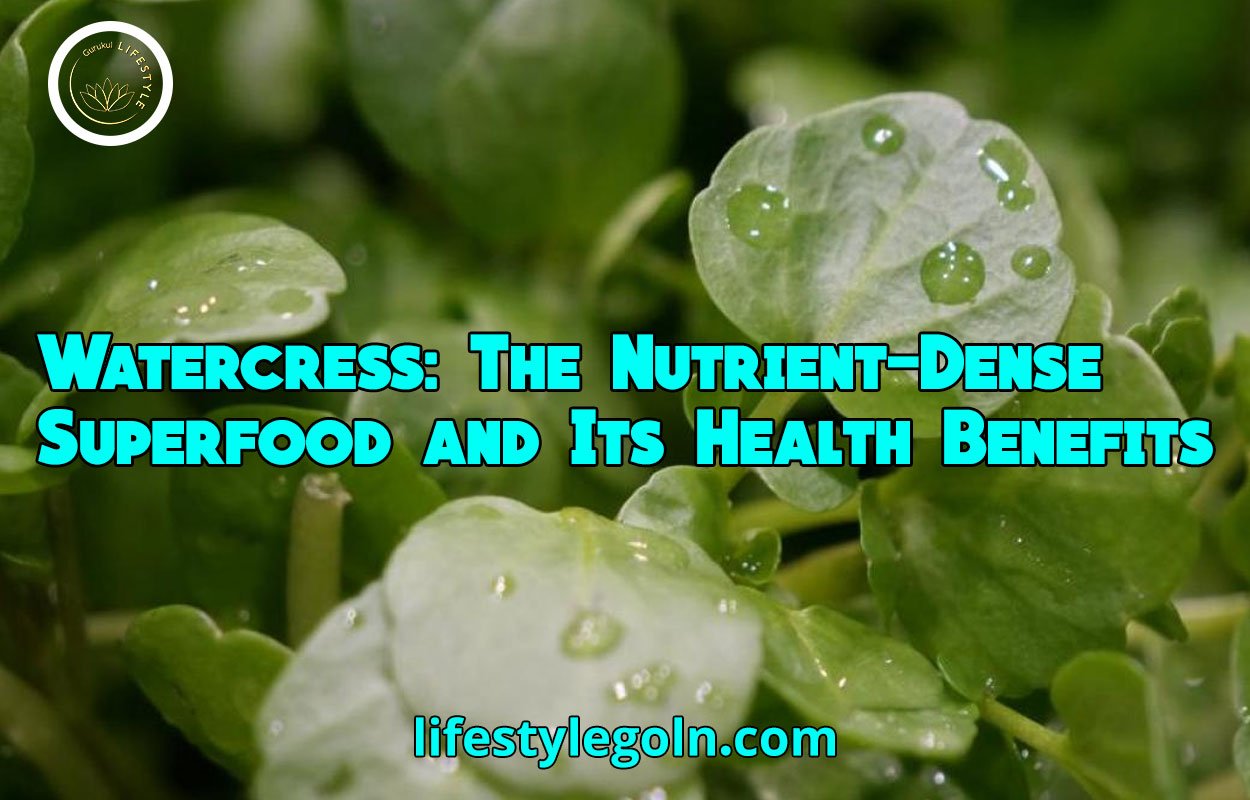Watercress (Nasturtium officinale) is a leafy green vegetable that belongs to the Brassicaceae family, along with other cruciferous vegetables like broccoli, cauliflower, and kale. With its vibrant green leaves and peppery flavor, watercress has been a cherished part of various cuisines for centuries. This essay explores the nutritional profile of watercress, its historical significance, culinary uses, and, most importantly, its remarkable health benefits.
Watercress
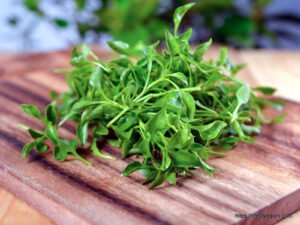
Section 1: Botanical Profile and Historical Significance of Watercress
1.1 Botanical Profile:
Watercress is a semi-aquatic plant that thrives in cool, running water, often found in natural springs, streams, and shallow ditches. It is native to Europe and Asia but has now become widespread across various continents. The plant features small, round leaves with a distinct peppery taste, and delicate white flowers that bloom in clusters. Due to its aquatic nature, watercress is often grown hydroponically or in clean water beds.
1.2 Historical Significance:
Watercress has a rich history dating back to ancient times, where it was consumed as both a food source and a medicinal herb. The ancient Greeks and Romans used watercress for its health-promoting properties, particularly as a digestive aid and a remedy for scurvy. In the 19th century, watercress gained popularity as a “spring tonic,” believed to purify the blood and cleanse the body after winter. Today, watercress remains a popular vegetable consumed for its exceptional nutritional value and unique flavor.
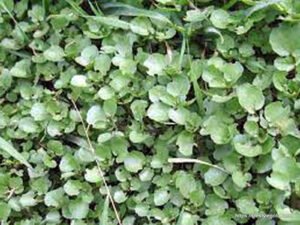
Section 2: Nutritional Composition of Watercress
2.1 Micronutrients:
Watercress is a nutrient-dense vegetable, packed with a wide array of essential vitamins and minerals. It is particularly abundant in vitamin K, providing well over 100% of the recommended daily intake per 100 grams. Vitamin K is crucial for blood clotting, bone health, and cardiovascular health. Watercress is also a rich source of vitamin C, which supports the immune system, aids collagen synthesis, and acts as a potent antioxidant.
Additionally, watercress is an excellent source of other vitamins, including vitamin A (beta-carotene), vitamin E, vitamin B6, vitamin B9 (folate), and vitamin C. These vitamins play key roles in maintaining overall health, supporting cell growth, regulating metabolism, and preventing various diseases.
2.2 Phytochemicals:
Watercress is particularly notable for its high content of phytochemicals, including glucosinolates, isothiocyanates, and flavonoids. These compounds are responsible for the peppery flavor and potent health benefits of watercress. Glucosinolates, in particular, are well-known for their potential to combat cancer, as they can be converted into bioactive compounds that promote detoxification and inhibit tumor growth.
2.3 Minerals:
Watercress is a valuable source of essential minerals, such as calcium, iron, magnesium, and potassium. Calcium and magnesium are essential for bone health and muscle function, while iron supports oxygen transport and energy production in the body. Potassium plays a crucial role in regulating blood pressure and maintaining cardiovascular health.
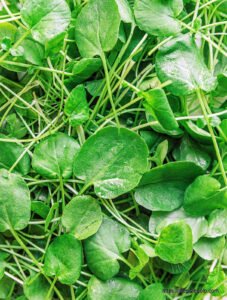
Section 3: Health Benefits of Watercress
3.1 Cancer Prevention:
Watercress’s high concentration of glucosinolates and other phytochemicals has been the focus of numerous studies on cancer prevention. These compounds have demonstrated powerful anti-cancer properties by inhibiting the growth of cancer cells and inducing apoptosis. Watercress’s potential in reducing the risk of certain cancers, such as breast, lung, prostate, and colorectal cancer, makes it a valuable addition to a cancer-preventive diet.
3.2 Antioxidant and Anti-inflammatory Effects:
The abundance of vitamin C and other antioxidants in watercress contributes to its ability to combat oxidative stress and inflammation in the body. These properties protect cells from damage caused by free radicals and reduce the risk of chronic diseases, such as heart disease, diabetes, and neurodegenerative disorders.
3.3 Bone Health:
Watercress’s significant vitamin K content plays a vital role in bone health by assisting in calcium absorption and promoting bone mineralization. Regular consumption of watercress may contribute to improved bone density and reduced risk of osteoporosis and fractures, especially in older adults.
3.4 Cardiovascular Health:
The combination of antioxidants, potassium, and dietary nitrates found in watercress positively affects cardiovascular health. Nitrates can promote vasodilation, leading to improved blood flow and reduced blood pressure. Additionally, the antioxidants protect blood vessels from damage and lower the risk of atherosclerosis and heart disease.
3.5 Digestive Health:
The peppery taste of watercress is indicative of its mild diuretic properties, which can promote kidney function and help with detoxification. Moreover, watercress’s dietary fiber aids in maintaining a healthy digestive system, promoting regular bowel movements and supporting gut health.
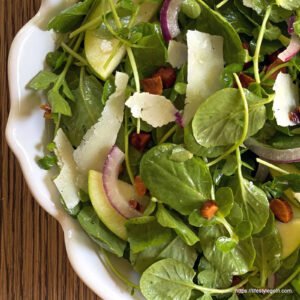
Section 4: Culinary Uses and Cooking Techniques
4.1 Culinary Uses:
Watercress’s unique peppery flavor makes it a versatile ingredient in various culinary applications. It can be used as a flavorful addition to salads, sandwiches, soups, and smoothies. Watercress can also be added to stir-fries, omelets, and pasta dishes to enhance taste and nutritional value.
4.2 Cooking Techniques:
To preserve the nutritional benefits of watercress, it is best to use gentle cooking techniques. Lightly sautéing or steaming the leaves allows them to retain their crisp texture and flavor. Incorporating watercress into raw dishes, such as salads and wraps, is an excellent way to maximize its nutritional value.
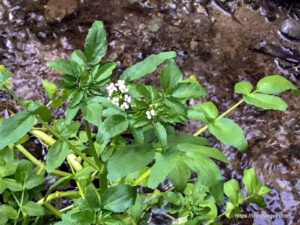
Section 5: Medicinal and Therapeutic Uses
5.1 Detoxification and Cleansing:
Watercress has long been regarded as a natural detoxifying agent due to its diuretic properties. Its cleansing abilities are believed to help purify the blood and flush out toxins from the body. Consuming watercress regularly can support the body’s natural detoxification processes and promote overall well-being.
5.2 Respiratory Health:
Watercress has been used traditionally as a remedy for respiratory ailments, such as coughs and bronchitis. Its expectorant properties can help loosen mucus and alleviate respiratory congestion. Watercress’s high vitamin C content also supports the immune system’s ability to fight off respiratory infections.
5.3 Skin Health:
The antioxidants and anti-inflammatory compounds in watercress may contribute to healthier and more radiant skin. These compounds help protect skin cells from oxidative damage, reducing the signs of aging and promoting a clear complexion.
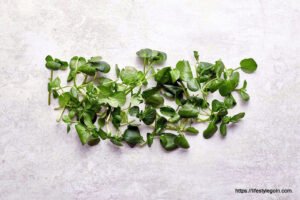
Section 6: Sustainability and Cultivation
6.1 Hydroponic Cultivation:
Due to its preference for clean, flowing water, watercress is often cultivated using hydroponic systems. Hydroponic cultivation allows watercress to grow without soil, reducing the risk of contamination and ensuring consistent water supply. This method of cultivation also minimizes the need for pesticides and herbicides, making it an environmentally friendly option.
6.2 Organic Farming:
Organic farming practices are increasingly being adopted to cultivate watercress, ensuring that the vegetables are free from synthetic chemicals and pesticides. Organic watercress production not only supports environmental sustainability but also ensures a safer and healthier product for consumers.
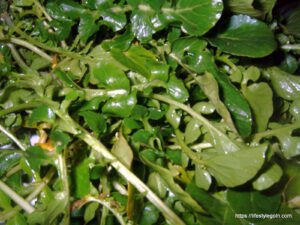
Section 7: Potential Culinary Innovations and Recipe Ideas
7.1 Watercress Pesto Pasta: Ingredients:
- 2 cups fresh watercress leaves, washed and dried
- 1 cup fresh basil leaves
- 1/2 cup pine nuts
- 2 cloves garlic
- 1/2 cup grated Parmesan cheese
- 1/2 cup extra-virgin olive oil
- Salt and pepper to taste
- 1 lb spaghetti or your favorite pasta
Instructions: In a food processor, combine watercress, basil, pine nuts, garlic, and Parmesan cheese. Pulse until the mixture forms a coarse paste. With the processor running, slowly drizzle in the olive oil until the pesto reaches the desired consistency. Season with salt and pepper to taste. Cook the pasta according to package instructions until al dente. Drain the pasta, reserving some cooking water. Toss the pasta with the watercress pesto, adding some reserved cooking water as needed to achieve a creamy consistency. Serve immediately, garnished with additional grated Parmesan cheese if desired.
7.2 Watercress and Orange Salad: Ingredients:
- 4 cups watercress leaves, washed and dried
- 2 large navel oranges, peeled and segmented
- 1/2 red onion, thinly sliced
- 1/4 cup crumbled feta cheese
- 1/4 cup toasted walnuts
- 2 tbsp extra-virgin olive oil
- 1 tbsp balsamic vinegar
- Salt and pepper to taste
Instructions: In a large salad bowl, combine watercress, orange segments, red onion, crumbled feta cheese, and toasted walnuts. In a small bowl, whisk together the olive oil, balsamic vinegar, salt, and pepper to make the dressing. Drizzle the dressing over the salad and toss gently to combine. Serve immediately as a refreshing and nutritious salad.
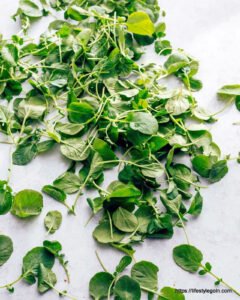
In conclusion, watercress stands as an exceptional superfood with an impressive nutritional profile and a host of health benefits. Its historical significance as a medicinal herb and its versatility in culinary applications make it a valuable addition to any diet. From its cancer-preventive properties to its support for cardiovascular health, bone health, and immune function, watercress offers a myriad of reasons to incorporate it into our daily meals.
With its sustainable cultivation practices and potential for culinary innovation, watercress is poised to play an increasingly significant role in modern nutrition and health. As we explore new ways to harness its nutritional potential, we can ensure that watercress continues to contribute to our overall well-being and serves as a symbol of our commitment to health-conscious living.
See more:

